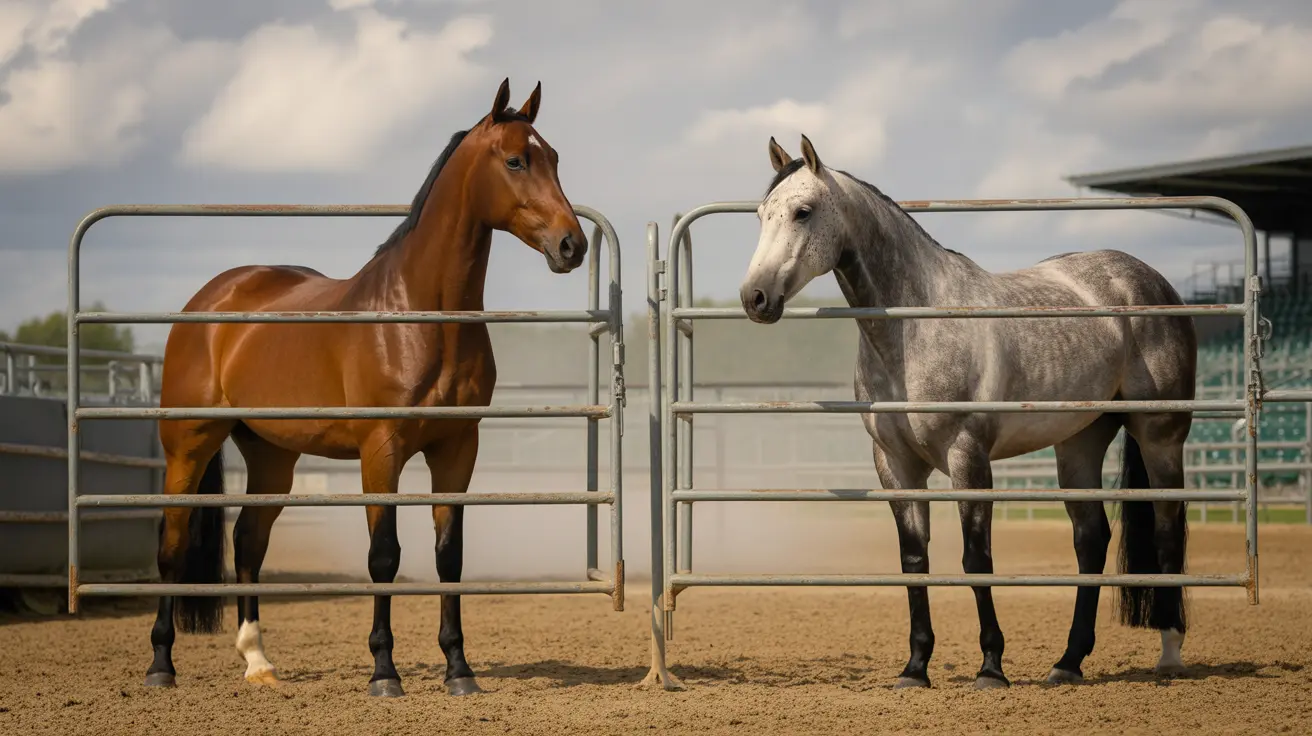Understanding the 3-3-3 Rule for Dogs: A Guide to Helping Your New Pet Adjust
When bringing a new dog into your home—whether a rescue, adopted, or even rehomed pet—understanding how they adjust to their new environment is crucial. One popular concept used by dog trainers and animal shelters is the 3-3-3 rule. This rule provides a general framework showing how a dog transitions during the first critical stages in a new home.
What Is the 3-3-3 Rule?
The 3-3-3 rule outlines three significant points in your dog's early adjustment:
- 3 Days: Initial decompression period.
- 3 Weeks: Beginning to learn your routine and feel more comfortable.
- 3 Months: Full adjustment, forming a lasting bond and trust.
The First 3 Days: Decompression
During the first 3 days in a new environment, your dog may be overwhelmed with fear and uncertainty. They're processing new sights, smells, people, and routines. Don’t be surprised if your dog:
- Hides or avoids interaction
- Refuses food or treats
- Appears confused or nervous
- Exhibits excessive panting or pacing
Give your dog space. Let them explore at their own pace. Offer kindness and consistency without pushing them into interactions too quickly. At this stage, it’s important to provide a quiet, secure environment where the dog can rest and feel safe.
The First 3 Weeks: Building a Routine
By the end of week one and into week three, your dog begins recognizing your patterns. They start to:
- Learn feeding and potty schedules
- Understand basic house rules
- Feel more comfortable in their surroundings
- Show more of their personality
Trust starts building during this stage. This is a critical time to begin gentle training, set boundaries, and provide praise for good behavior. It's also when dogs may start testing their limits, so consistent and calm correction is important.
The First 3 Months: Forming Trust and Bond
By three months, most dogs feel secure in their home. A strong emotional bond forms, and they understand the household rules. You may notice that your dog:
- Feels relaxed and confident in your home
- Wants to play and cuddle more
- Follows routines without reminders
- Looks to you for guidance and reassurance
This is the time to deepen your training, introduce them to new environments or people, and enrich their lives with games, socialization, and love.
Why the 3-3-3 Rule Matters
Not all dogs adjust at the same pace, but the 3-3-3 rule is helpful for setting realistic expectations. It encourages pet owners to:
- Be patient and compassionate
- Avoid rushing socialization
- Focus on creating stability
- Celebrate small progress
Understanding that adjustment is a process helps reduce frustration for both the pet and the owner. It creates a foundation for building trust and forming a positive lifelong relationship.
Tips for a Smooth Transition
- Create a safe space: Provide a designated area with a bed, toys, and water where your dog can retreat.
- Maintain routine: Feed, walk, and train at consistent times each day.
- Limit visitors: Minimize overwhelm by gradually introducing new people and pets.
- Use positive reinforcement: Reward good behaviors with treats, praise, and affection.
- Schedule a vet check: Ensure your dog is healthy and up-to-date on vaccinations and preventive care.
Conclusion
The 3-3-3 rule isn’t a scientific formula, but it provides a compassionate roadmap for helping dogs acclimate to a new home. Every dog is unique, and their journey will depend on their background, personality, and environment. Approach the transition with empathy and patience, and you'll lay the groundwork for a joyful and enduring relationship.





